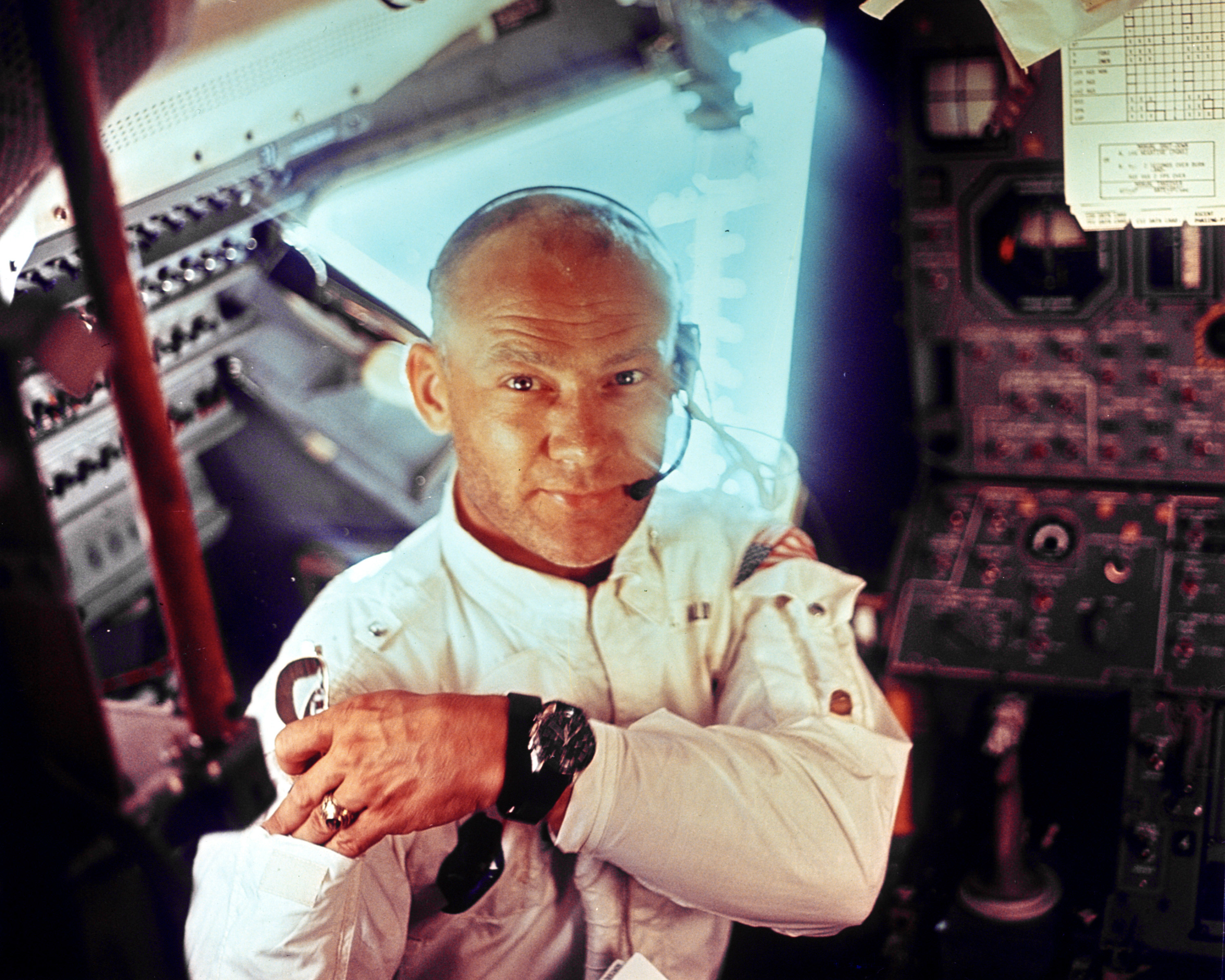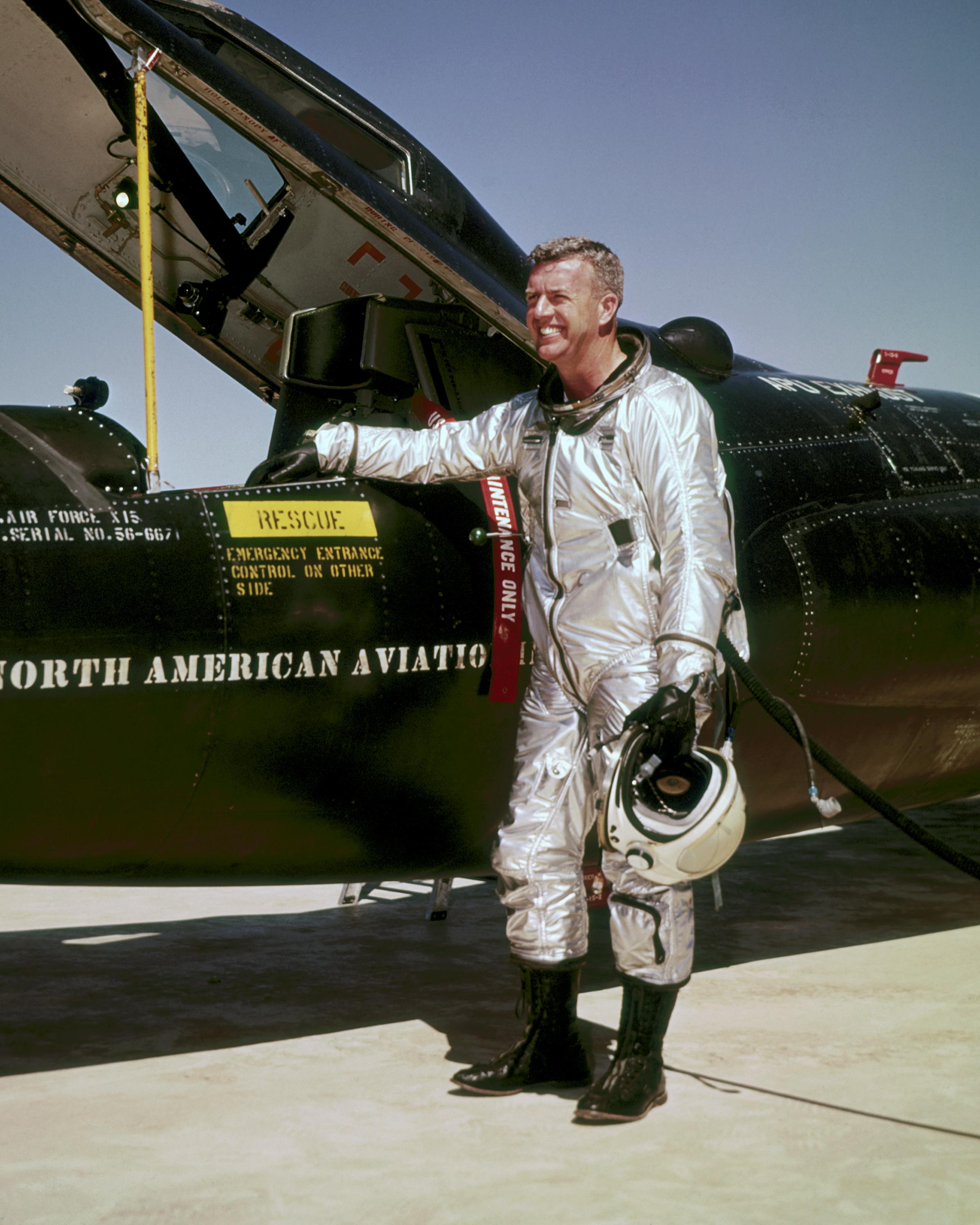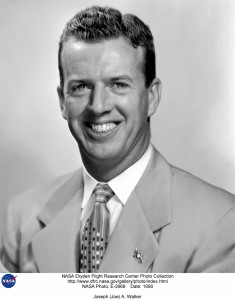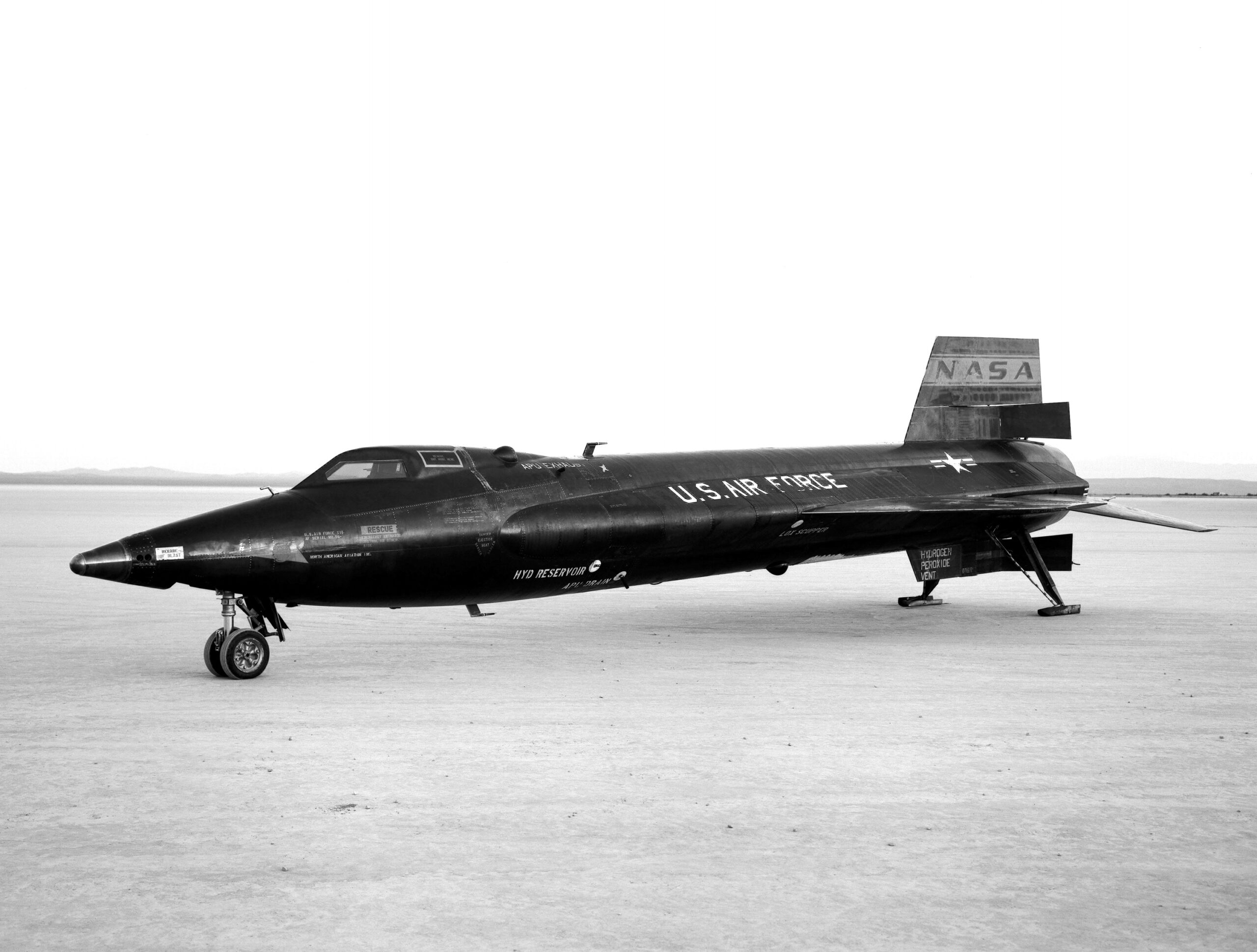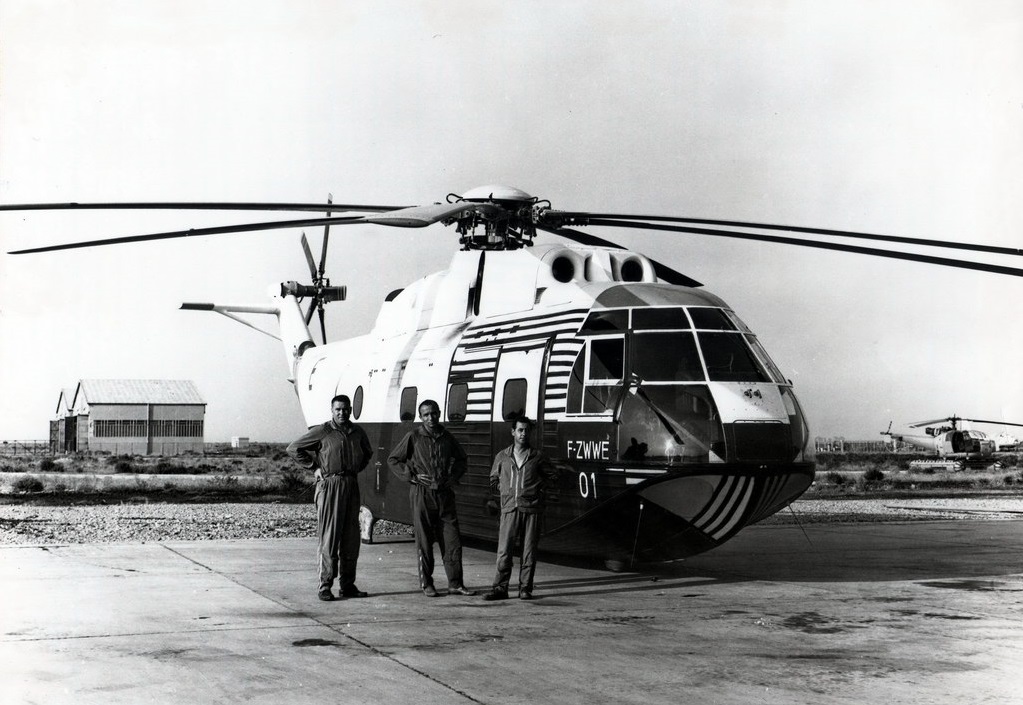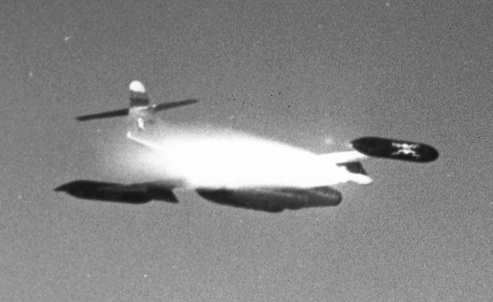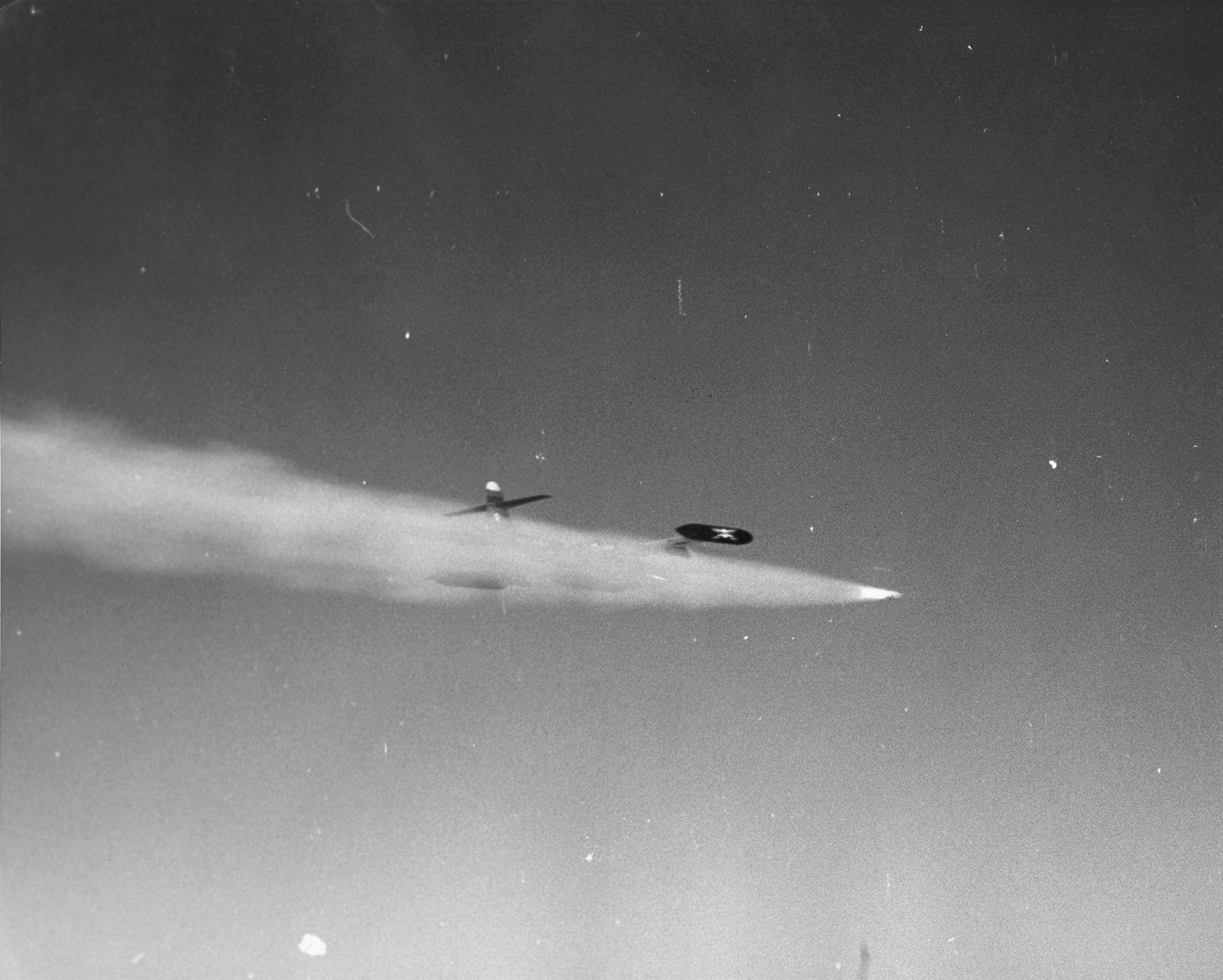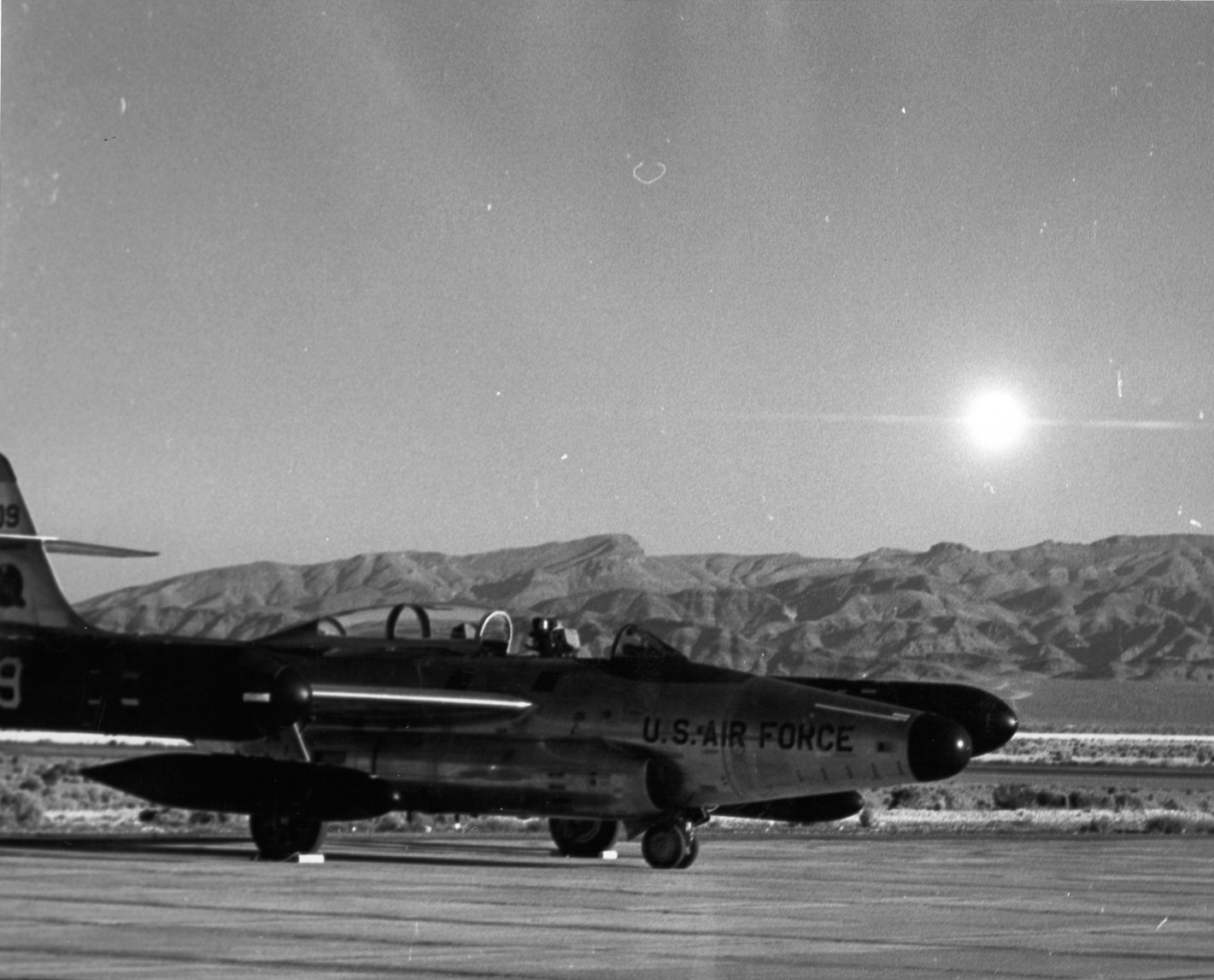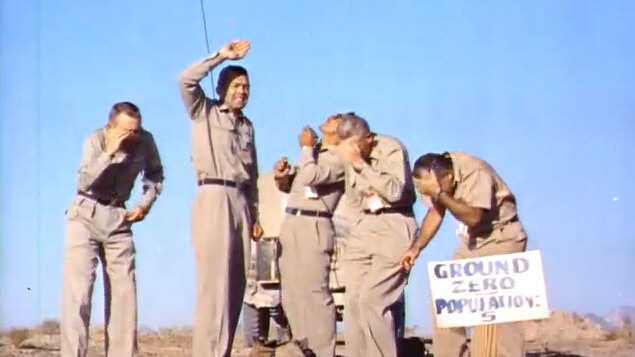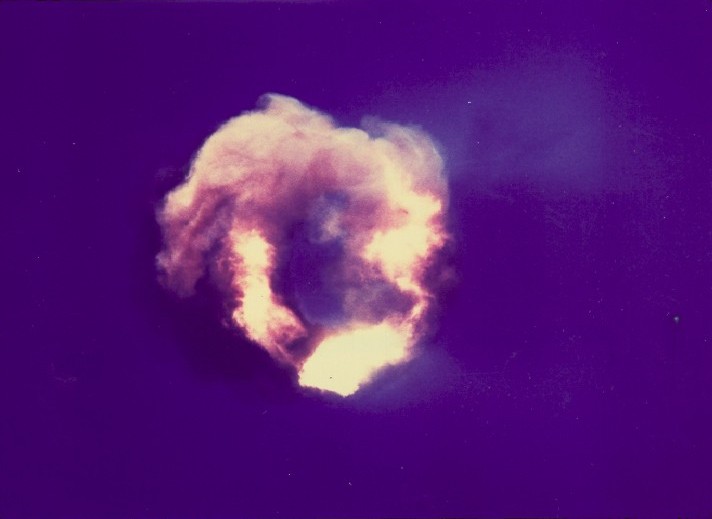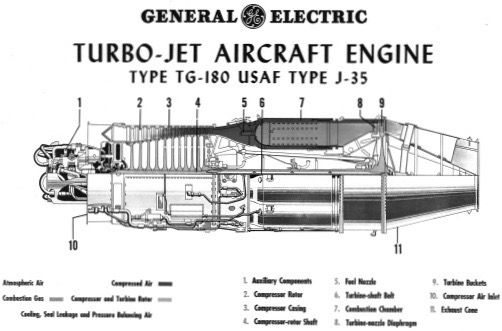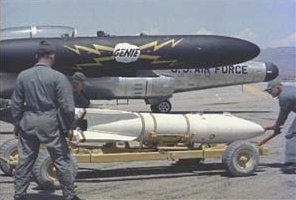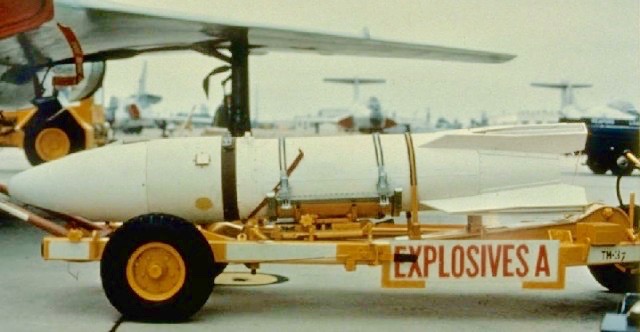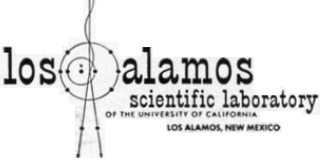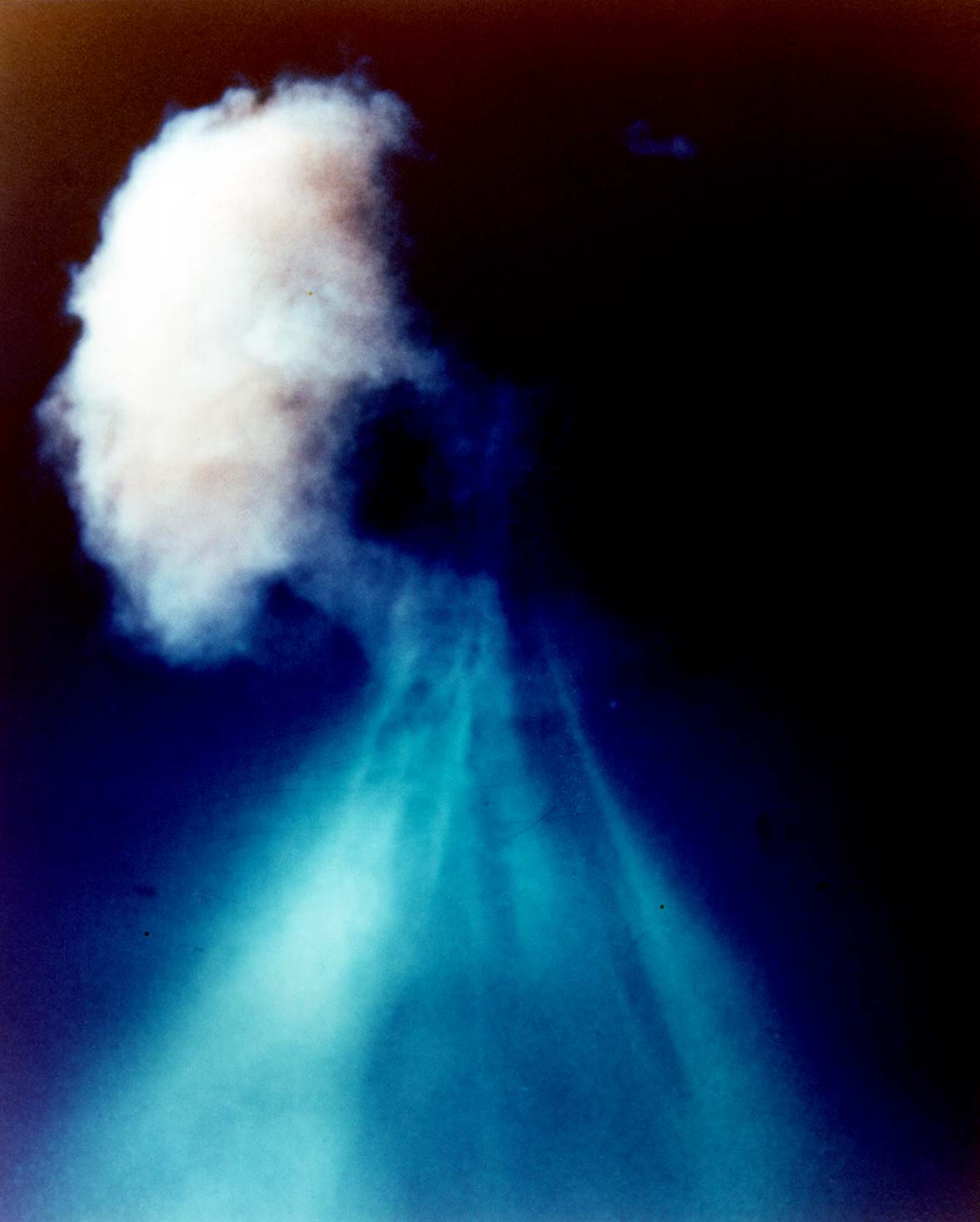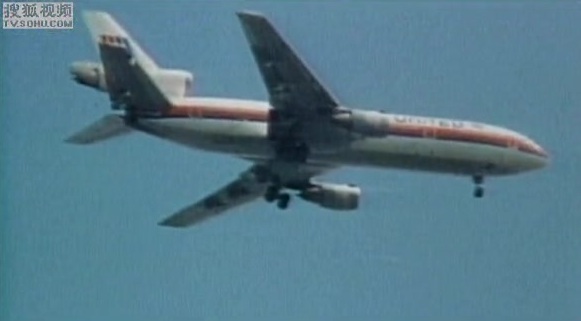
 19 July 1989: United Airlines Flight 232 was a McDonnell Douglas DC-10-10, registration N1819U, enroute from Stapleton International Airport, Denver, Colorado to O’Hare International Airport, Chicago, Illinois. There were 296 persons aboard the airliner: 285 passengers and 11 crew members. The flight crew consisted of Captain Alfred C. Haynes, First Officer William Record, and Second Officer Dudley Dvorak. Also aboard, riding in the passenger cabin, was an off-duty United Airlines DC-10 Check Airman, Captain Dennis E. Fitch.
19 July 1989: United Airlines Flight 232 was a McDonnell Douglas DC-10-10, registration N1819U, enroute from Stapleton International Airport, Denver, Colorado to O’Hare International Airport, Chicago, Illinois. There were 296 persons aboard the airliner: 285 passengers and 11 crew members. The flight crew consisted of Captain Alfred C. Haynes, First Officer William Record, and Second Officer Dudley Dvorak. Also aboard, riding in the passenger cabin, was an off-duty United Airlines DC-10 Check Airman, Captain Dennis E. Fitch.
At 3:16:10 p.m., the fan disk of the airliner’s tail-mounted General Electric CF6-6 turbofan engine (Number Two) failed catastrophically. Shrapnel from the exploding engine chopped through the DC-10’s tail section and severed the three independent hydraulic systems that powered the flight control surfaces. The crew immediately lost their ability to control the airliner with rudder, elevators and ailerons. Flaps and wing leading edge slats were inoperative. Controls to the damaged engine also failed and only by cutting off fuel flow were they able to shut if down and prevention further damage or a fire. Landing gear could only be lowered by use of an emergency procedure.
The uncontrolled airliner immediately started to roll and dive. The pilots’ cockpit flight controls were completely useless to stop the roll. Only by varying the thrust on the two remaining wing mounted engines could some degree of control be maintained. Realizing there was a problem with the DC-10, Captain Fitch told a flight attendant to inform Captain Haynes that he was aboard and ask if he could assist. Haynes immediately asked Fitch to come forward, and once there to take over the throttle controls while the crew dealt with all the other problems that were occurring.
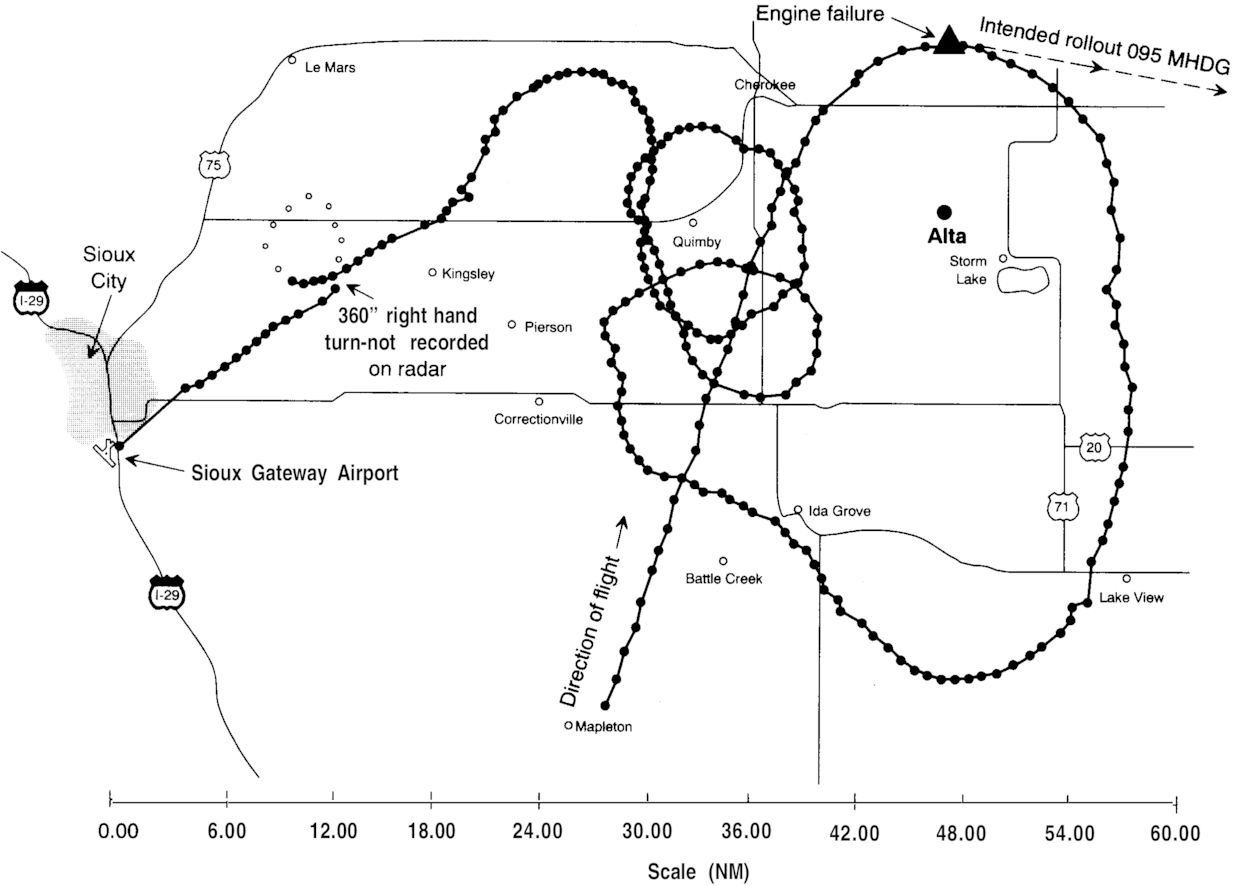
The simultaneous loss of all three hydraulic systems was considered to be “impossible” and there were no emergency procedures to deal with the problem. The crew did the best they could by varying power on the two remaining engines to turn the airplane and to descend. They were heading for an emergency landing at Sioux City Gateway Airport, Iowa (SUX).
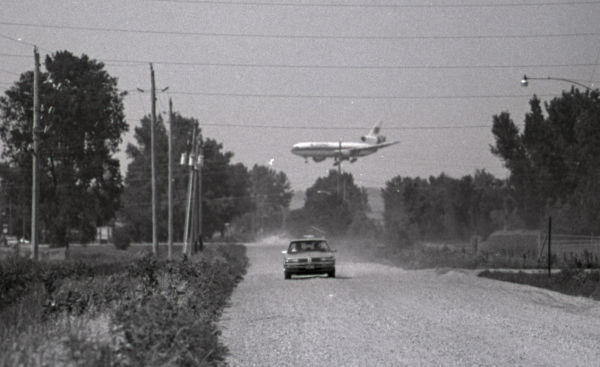
At 4:00:16 p.m., the DC-10 touched down on Runway 22 at an estimated at 215 knots (247.4 miles per hour, 398.2 kilometers per hour) and a rate of descent of 1,620 feet per minute (8.23 meters per second). At about 100 feet (30.5 meters) above the ground, the airliner’s nose began to pitch downward and the airliner started to roll to the right. Touchdown was at the runway threshold, just left of the centerline.
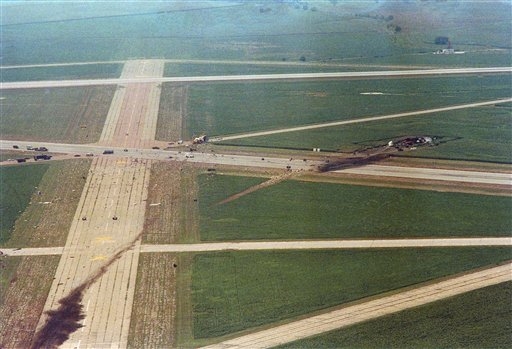
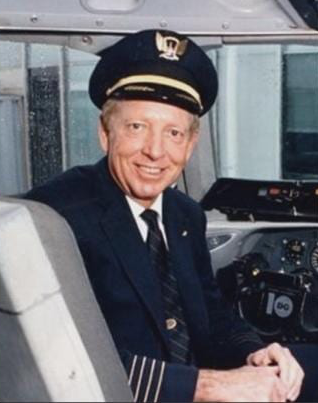
The force of the impact caused the airframe break apart and the wreck rolled over to the right side of the runway. Fuel exploded and fire spread. 110 passengers and 1 flight attendant were killed in the crash and fire. There were 185 survivors of the crash, including the four pilots who were trapped in the crushed nose section of the airplane which had broken away from the main wreckage.
The National Transportation Safety Board (NTSB) investigation determined that the the center engine fan disk failed due to a crack which had formed when the original titanium ingot from which it was made had been cast 18 years before.
The official report said that a landing under these conditions was stated to be “a highly random event“. The NTSB further noted that “. . . under the circumstances the UAL flight crew performance was highly commendable and greatly exceeded reasonable expectations.”
This was one of the finest displays of airmanship during an inflight emergency since the beginning of aviation.
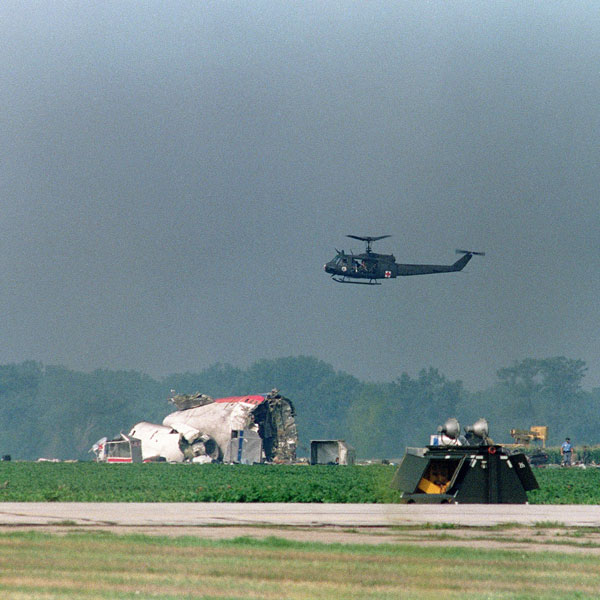
© 2018, Bryan R. Swopes
